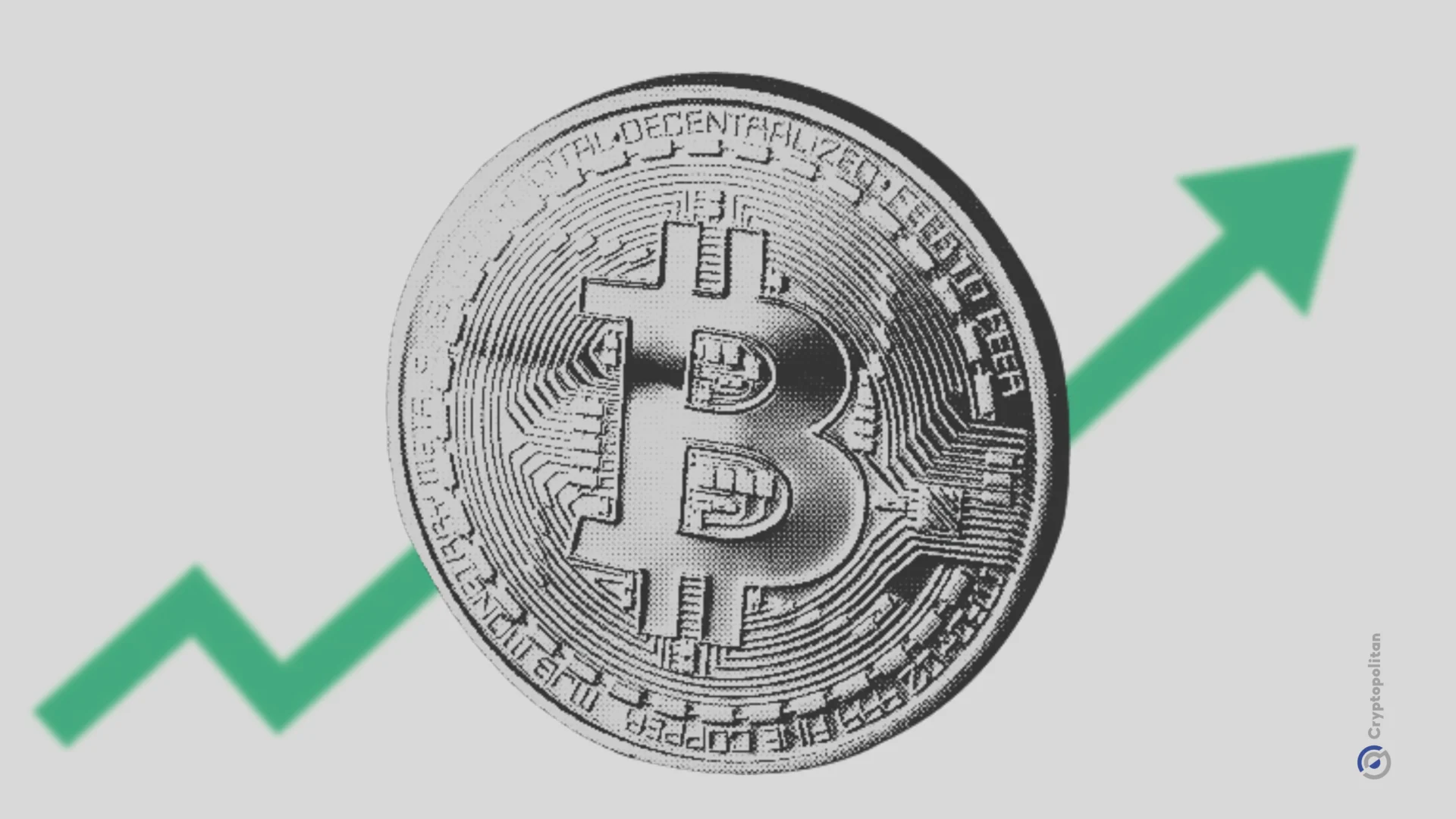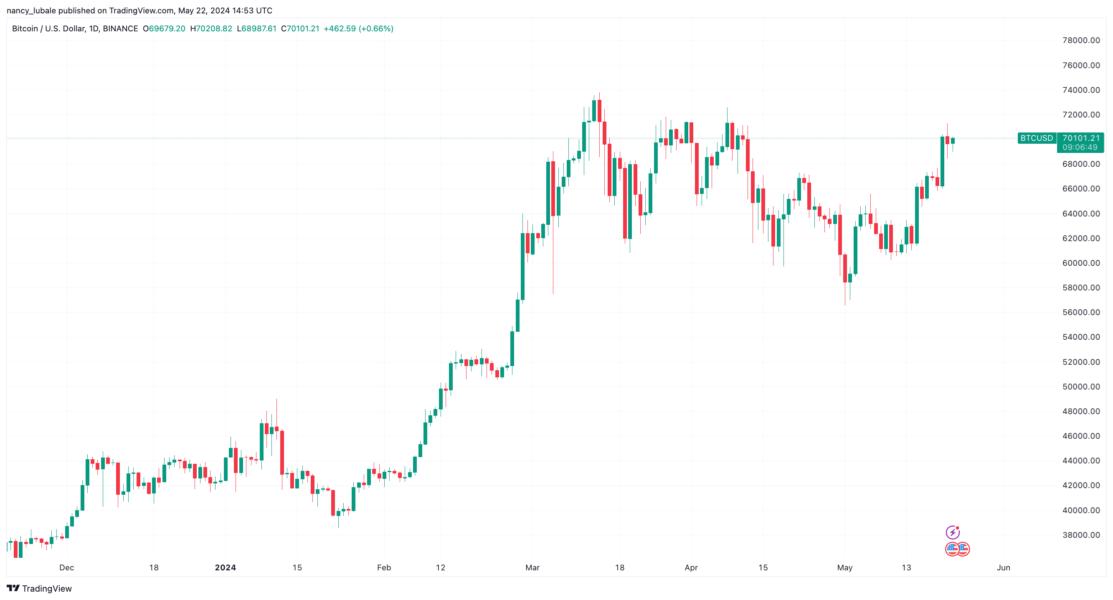Bitcoin (BTC) reached a record value locked as new protocols emerged using the coin as collateral. The rise in L2 and BTC lockups arrives at a time when the leading coin is just a small jump from a new all-time high.
New Bitcoin-scaling protocols and re-staking vaults are boosting the total value locked in the form of BTC collaterals. In the past few months, projects have started drawing in more BTC in a bid to create a L2 ecosystem similar to Ethereum (ETH).
BTC was also the public chain with the biggest one-day jump in value locked, a mix of new inflows and a drive to mark a new all-time high.
Bitcoin projects surpass even well-developed L2 ecosystems
Based on DeFi Llama data, the total value locked in Bitcoin-based scaling projects is above $2.35B. The rapid appreciation of BTC also expands the value of collaterals. Just days ago, BTC held less than $1B in value locked, though the addition of several protocols led to a monthly expansion of 183%.

As the latest projects added their locked BTC to the mix, the price of the leading coin expanded to $73,172.43, with no sign of stopping.
At this rate of appreciation, the TVL in Bitcoin-based projects is on track to outcompete even leading L2 like Base and Arbitrum. There are already 40 protocols built on Bitcoin, putting it in the top 10 of chains with the highest value locked.
Interest in BTC staking, re-staking, and non-custodial lockups means Bitcoin-based protocols have much higher collaterals compared to newer L2. Even projects like Optimism, Scroll, or Polygon cannot compete, despite accruing value for a longer period.
The native value locked on Bitcoin is growing rapidly, but lags behind the $10B locked on Ethereum. Wrapped BTC (WBTC) remains one of the biggest tokens, with 149,115 BTC locked in a smart contract. The WBTC makes up more than 95% of the total value locked, and is the most widely used ERC-20 version of BTC.
To compare, Babylon Labs managed to lock in around 24K BTC in two rounds. For now, attempts to lock in BTC as collateral lead to fragmented liquidity, with some niche types of wrapped BTC failing to draw in DeFi activity.
Wrapping or storing BTC itself does not grant value to a project. Without an inflow of users, even protocols with significant collateral may not survive. Other projects like Apollo aim to wrap BTC on Solana. WBTC will also spread to TRON’s chain, adding a valuable collateral. Cardano also set up technology to wrap BTC and use it in its own brand of DeFi.
All those projects will have to prove their sustainability and the ability to use the value in idle BTC. The L2 projects and protocols will have to prove their security, as well as the ability to bring earnings beyond the appreciation of BTC itself.
BTC staking comes with incentives
One of the tools to bring in valuable BTC is through incentives. Babylon Labs was among the most successful projects, creating short-term rush to lock BTC within 10 blocks. Additionally, depositing was tied to a form of point mining.
The BTC drive for value locked follows the model of Ethereum L2, where staking and deposits promise future airdrops.
The newest batch of projects is for re-staking, using already staked tokens to secure a new layer. With re-staking projects, the value of the BTC locked is actually multiplied.
BTC L2 projects and DeFi protocols remain at an early experimental stage. For now, the pure BTC narrative remains strong enough, and whales may be reluctant to deposit valuable coins in brand-new protocols.
Additionally, Bitcoin sidechains have existed for a while, with still relatively low value locked. The failure to tokenize Bitcoin during the previous bull market created older projects that cannot re-spark interest.
The leading side chains, Stacks and Merlin, remain one of the most active. Stacks recently completed its Nakamoto upgrade, achieving faster finality and a shorter duration of transactions. Yet for now, either holding BTC or only using the main net seems to be the best use case.





